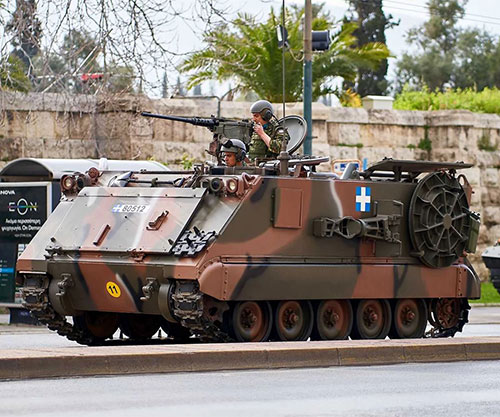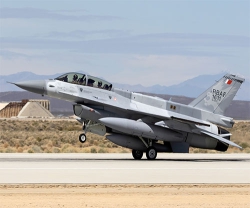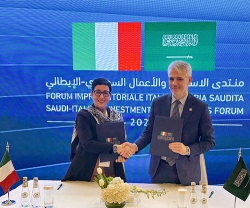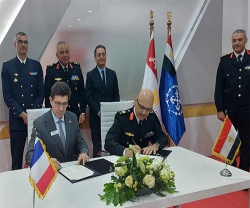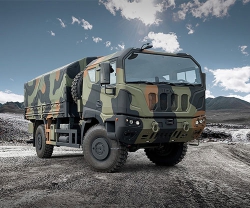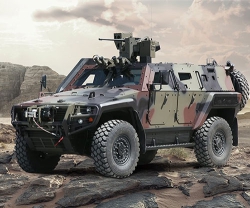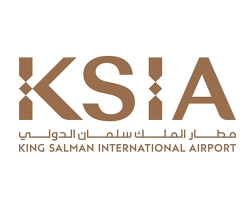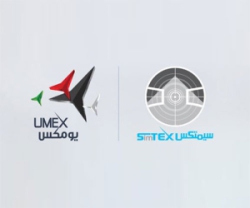As reported by Kathimerini ealier this month, Greece has approved the transfer of thirteen US-made M113 armored personnel carriers (APCs) to the Lebanese Armed Forces, following a formal request submitted by Lebanese President Joseph Aoun to Greek Prime Minister Kyriakos Mitsotakis.
The decision was endorsed by the Hellenic Parliament’s Special Standing Committee on Armament Programs and Contracts and reflects a wider agreement to strengthen bilateral military cooperation.
The M113s, which originate from the surplus stocks of the Hellenic Army General Staff, will undergo the necessary maintenance procedures in Greece before being delivered to Lebanon. The decision builds on a dialogue that began prior to Aoun’s presidency, during his command of the Lebanese Armed Forces, and illustrates the continuity of the defense relationship between Athens and Beirut, Army Recongnition reported.
This vehicle transfer is part of a larger framework aimed at reorganizing and strengthening the Lebanese Armed Forces through material support and institutional cooperation. In addition to the delivery of M113s, the agreement provides for an expansion of officer training programs for Lebanese personnel in Greece. Lebanese officers already study at institutions such as the Hellenic Army Academy and the Hellenic Naval Academy, and the number of such exchanges is expected to increase. Naval cooperation, focused initially on the training of Lebanese crews, is also under discussion.
While no additional equipment transfers have been announced, Greek sources have left open the possibility of deeper military-industrial collaboration, depending on developments in Lebanon’s internal security and the stability of the wider region.
Greece’s decision is also rooted in geopolitical calculations, particularly in the context of the post-October 2023 regional security environment. Athens considers the Eastern Mediterranean and Levant crucial to its strategic posture and sees Joseph Aoun as a stabilizing actor in Lebanon’s fragile political-military balance. By reinforcing ties with Beirut, Greece hopes to maintain a role in a region where power alignments remain fluid.
The delivery of these vehicles thus serves not only practical operational purposes but also broader diplomatic objectives. Greece has increasingly sought to leverage surplus defense equipment as a tool of engagement with neighboring states, positioning itself as a contributor to regional security through measured, cost-effective initiatives.
The M113s that will be transferred to Lebanon are tracked armored personnel carriers originally developed by the United States and produced since the 1960s. They remain in service worldwide due to their adaptability, ease of repair, and capacity to serve in various operational roles.
Lebanon already operates over 1,300 M113s in several configurations, making it one of the main vehicle types in the country’s ground forces. The vehicles are used across all eleven brigades, six intervention regiments, four land border regiments, and specialized units such as the Airborne Regiment and Marine Commando Regiment. Existing Lebanese variants include M113A1, M113A2, and M113A3, along with mission-specific modifications such as the Kasman, OPFOR, and mortar or anti-tank variants.
The addition of thirteen Greek-supplied units will not significantly expand fleet size but will reinforce readiness by enabling the replacement or rotation of heavily used units in active service.
The Hellenic Army itself continues to operate a large fleet of M113s. These include 1,034 M113A1units, 313 German-supplied M113A1Gs, and 648 M113A2s, along with M106 mortar carriers, M577 command vehicles, and M901 TOW missile launchers.
Lebanon continues to rely on international military assistance to maintain its defense capabilities. Since 2005, the United States alone has provided more than $1.2 billion in military aid to Lebanon, including M198 howitzers, M109 self-propelled artillery, TOW and Hellfire anti-tank missiles, various vehicles including HMMWVs, and training programs.
Additional equipment has come from France, Belgium, Jordan, the United Kingdom, and other donors. Lebanon’s armored fleet includes M60A3 tanks, M2A2 Bradley IFVs, French VABs, and a wide range of Soviet-era and Western-supplied vehicles. M113s remain the main armored vehicle used by all Lebanese Army units. Some of these have been adapted for specialized roles, such as anti-aircraft defense with ZPU or ZU-23-2 guns, ambulances, engineering support, and artillery observation. (Army Recognition; Kathimerini; Photo © Wikimedia/George E. Koronaios)

